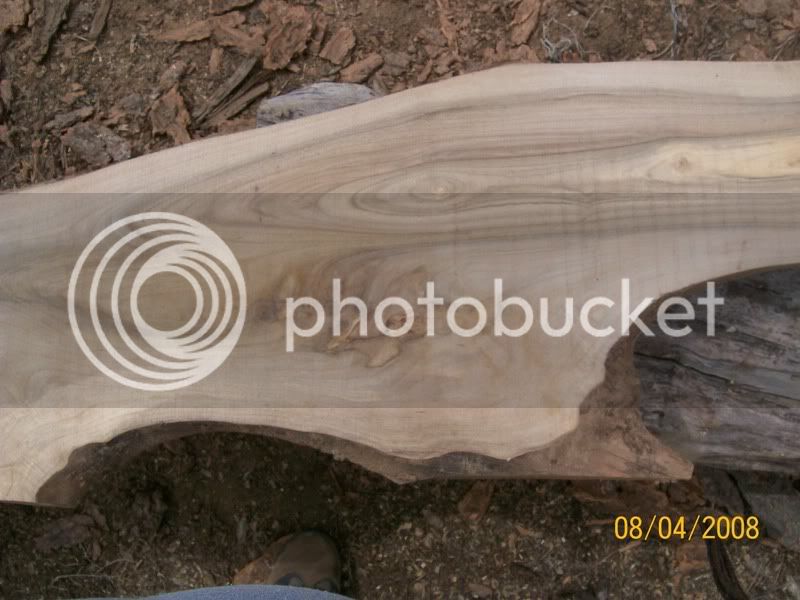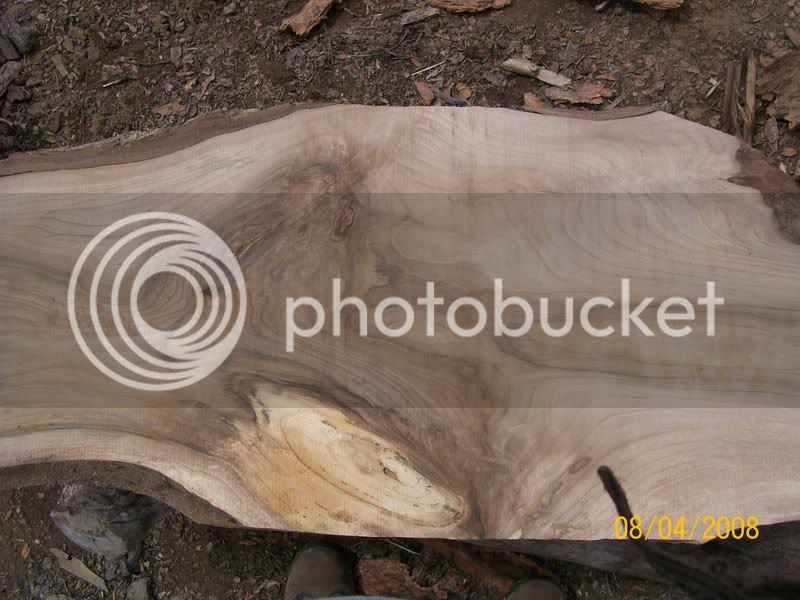AndyR
ArboristSite Operative
I'm going to attach a few pics of the upper log of the Walnut that I have been working on. This piece has quite a bit of damage. There's a dead section that the tree grew around over the years and that is mostly in the side pointing upright-the side pointing towards the ground is pretty solid still.
I'm thinking I might cut this log in half to make it more manageable. I have alot of walnut milled that is 11.5' long. I'm sure I won't mind the shorter pieces-about 5-6'.
I'm thinking I need to cut the protruding lumps off to get it to a size that the Alaskan mill (36") will handle. I'm a little afraid of screwing up any curly/figured crotch wood though.
Any thoughts/opinions on this gnarly thing would be much appreciated.
Thanks much,
Andy
I'm thinking I might cut this log in half to make it more manageable. I have alot of walnut milled that is 11.5' long. I'm sure I won't mind the shorter pieces-about 5-6'.
I'm thinking I need to cut the protruding lumps off to get it to a size that the Alaskan mill (36") will handle. I'm a little afraid of screwing up any curly/figured crotch wood though.
Any thoughts/opinions on this gnarly thing would be much appreciated.
Thanks much,
Andy







 Mark
Mark